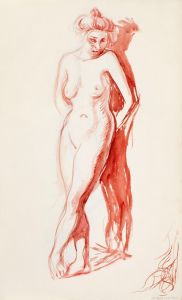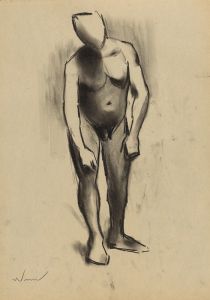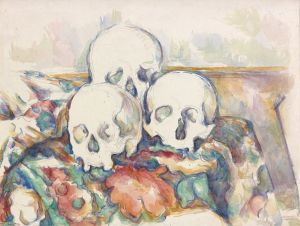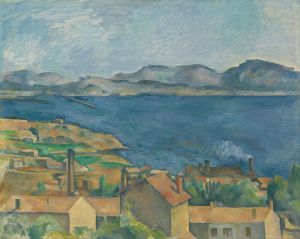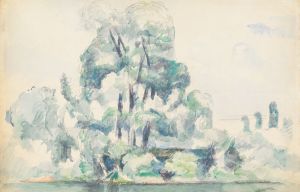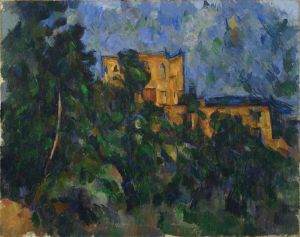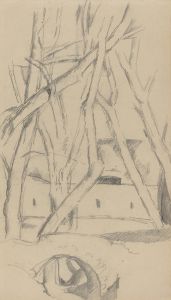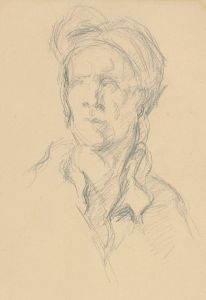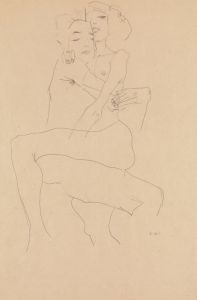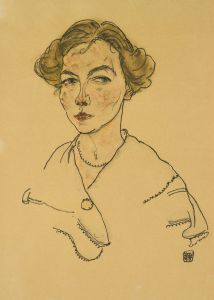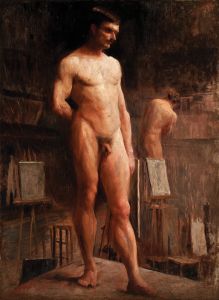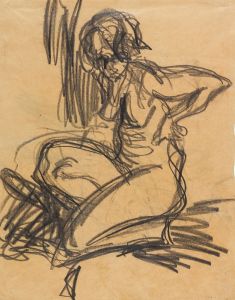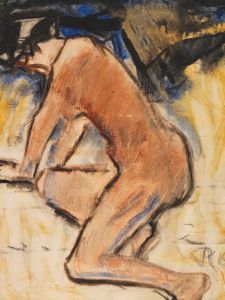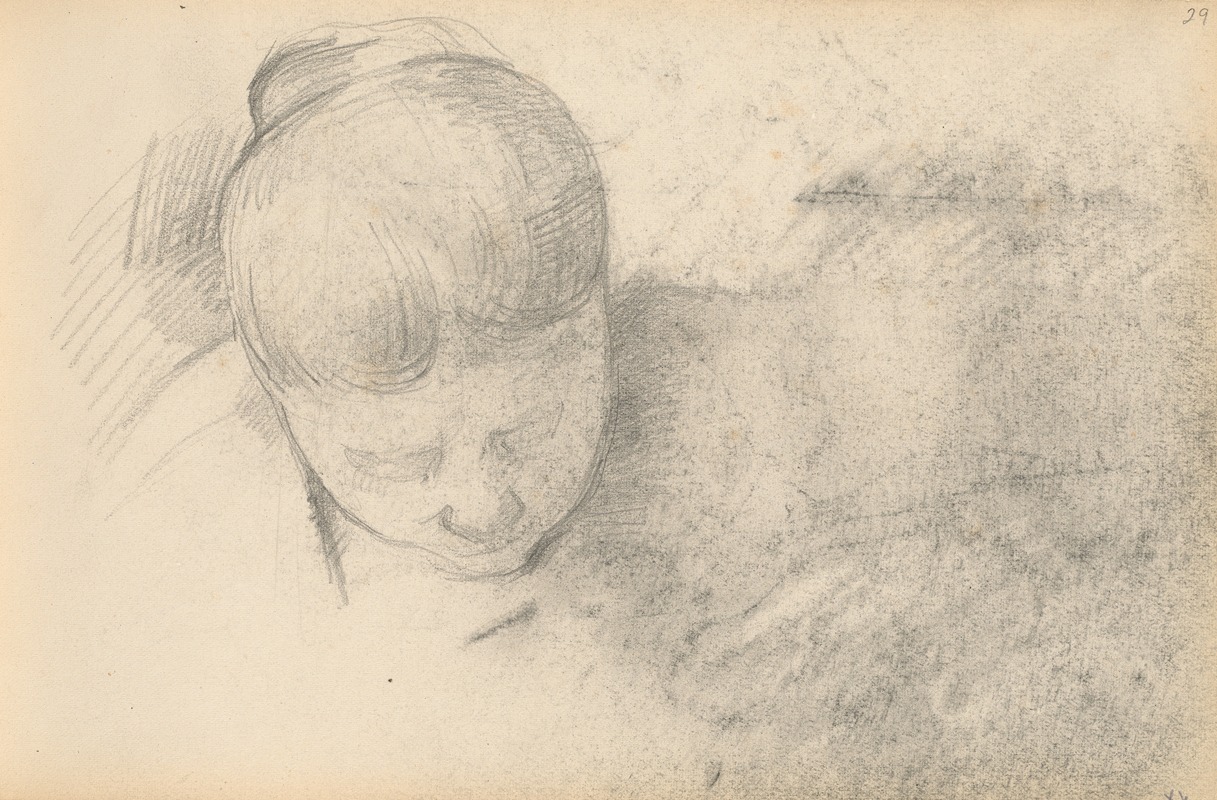
Woman Leaning Forward II
A hand-painted replica of Paul Cézanne’s masterpiece Woman Leaning Forward II, meticulously crafted by professional artists to capture the true essence of the original. Each piece is created with museum-quality canvas and rare mineral pigments, carefully painted by experienced artists with delicate brushstrokes and rich, layered colors to perfectly recreate the texture of the original artwork. Unlike machine-printed reproductions, this hand-painted version brings the painting to life, infused with the artist’s emotions and skill in every stroke. Whether for personal collection or home decoration, it instantly elevates the artistic atmosphere of any space.
Paul Cézanne's Woman Leaning Forward II is a lesser-known work by the French Post-Impressionist painter, who is widely regarded as a pivotal figure in the transition from 19th-century Impressionism to 20th-century modern art. The painting, like many of Cézanne's works, reflects his interest in exploring form, structure, and the human figure through a unique and deliberate approach to composition.
The artwork depicts a woman leaning forward, captured in a moment of introspection or quiet action. Cézanne's treatment of the figure is characteristic of his style, focusing less on precise anatomical detail and more on the interplay of shapes, colors, and planes. The brushwork is deliberate and layered, creating a sense of depth and solidity while maintaining an impressionistic quality. The subdued palette and the simplicity of the composition emphasize the artist's focus on the structural aspects of the figure rather than narrative or decorative elements.
Cézanne often worked with models in his studio, and this painting is believed to be part of his broader exploration of the human form. His approach to the figure in Woman Leaning Forward II aligns with his broader artistic philosophy, which sought to reduce natural forms to their geometric essentials. This method would later influence movements such as Cubism, with artists like Pablo Picasso and Georges Braque citing Cézanne as a significant inspiration.
The exact date of the painting is not definitively known, but it is generally placed within Cézanne's mature period, during which he focused on refining his techniques and exploring the relationships between form and space. This period, spanning the late 19th and early 20th centuries, saw Cézanne producing some of his most influential works.
As with many of Cézanne's paintings, Woman Leaning Forward II is not accompanied by extensive documentation or commentary from the artist himself. Cézanne was known for his reclusive nature and his tendency to let his work speak for itself. Consequently, interpretations of the painting rely primarily on visual analysis and its context within Cézanne's broader body of work.
The current location of Woman Leaning Forward II is not widely documented, and it is unclear whether the painting resides in a public collection, private ownership, or has been lost to history. This lack of information is not uncommon for works by Cézanne, as many of his pieces were dispersed after his death in 1906.
In summary, Woman Leaning Forward II exemplifies Paul Cézanne's innovative approach to the human figure and his enduring influence on modern art. While specific details about the painting remain scarce, its stylistic elements and connection to Cézanne's artistic philosophy make it a noteworthy example of his work.





